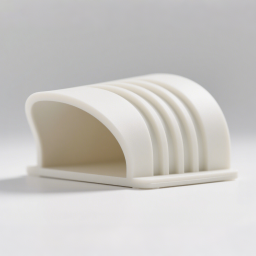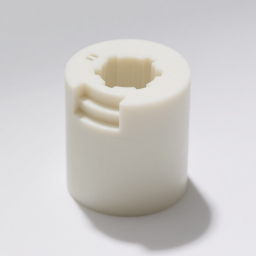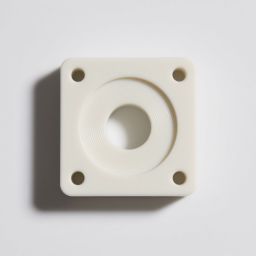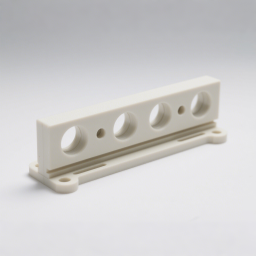We offer precise and durable ABS parts that meet stringent quality standards. ABS has high strength and impact resistance, making it suitable for various industries. Get your custom quote now.
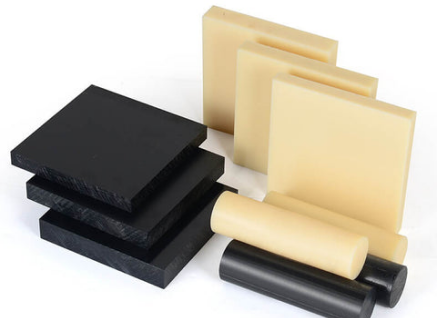
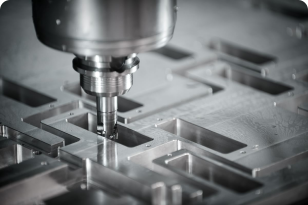
Utilizes rotating cutting tools for high-precision machining of flat surfaces, curves, and complex parts, ideal for mold making, aerospace, and automotive industries.
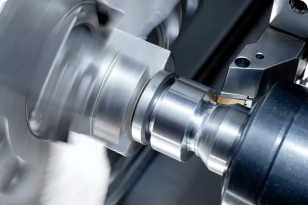
Uses rotating workpieces and cutting tools for efficient machining of cylindrical components, widely applied in shafts, discs, and precision parts manufacturing.
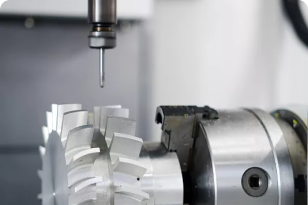
Enables multi-angle precision cutting, reducing setups and machining complex surfaces, perfect for high-end aerospace, medical devices, and precision mold manufacturing.


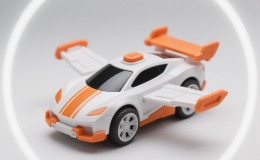
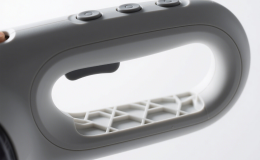
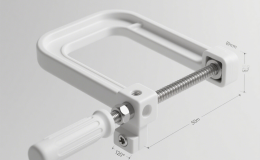
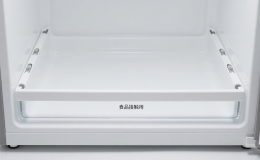
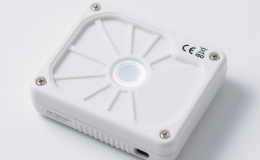
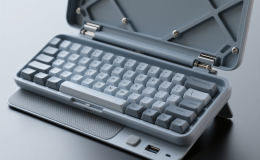
| Property | Typical Value(LDPE) | Unit | Notes |
| Density | ~1.06–1.08 | g/cm³ | Indicates how heavy the material is. Low density means it's lightweight and easy to handle. |
| Water Absorption (24 h) | ~0.025 | % | Shows how much water the material absorbs after 24 hours. Lower values resist moisture. |
| Tensile Strength @ Yield | ~42 | MPa | Maximum stress before permanent deformation under tension. |
| Tensile Modulus (Young's Modulus) | ~2.1–2.3 | GPa | Measures stiffness; higher values indicate less stretch under load. |
| Elongation at Break | ~24–28 | % | Indicates ductility; higher values mean the material can stretch more before breaking. |
| Flexural Strength @ Yield | ~66–77 | MPa | Strength when the material is bent. Reflects resistance to bending forces. |
| Flexural Modulus | ~2.3–2.5 | GPa | Measures rigidity under bending stress. |
| IZOD Notched Impact Strength | ~2.4 J/cm (~24 kJ/m²) | J/cm or kJ/m² | Indicates impact resistance. Higher values mean better toughness. |
| Shore D Hardness | ~87 | -- | Measures surface hardness. Higher values mean greater scratch resistance. |
| Glass Transition Temperature (Tg) | ~105–108 | °C | Temperature at which the material transitions from rigid to flexible. |
| Thermal Conductivity | ~0.17 | W/m·K | Shows how well heat is conducted. Lower values are better for insulation. |
| Coefficient of Thermal Expansion | ~82.8 µm/m·°C | 10⁻⁶ /°C | Indicates how much the material expands with temperature. Lower values mean better stability. |
| Dielectric Constant | ~2.99 (1 MHz) | -- | Reflects the material's ability to store electrical energy. Lower values for insulation. |
| Volume Resistivity | ~7×10¹⁵ | Ω·cm | Very high resistivity shows excellent electrical insulation properties. |
 As Machined Perfect for functional parts where appearance is not the main focus. | Automotive interior clips, electronic housings, appliance mounting brackets. |
 Bead Blasting Surface blasting enhances ABS texture and smooths tool marks. | Consumer electronics casings, automotive dashboard panels, office equipment parts. |
 Painting Enhances ABS appearance while adding UV and chemical resistance. | Automotive exterior trims, household appliance covers, medical device enclosures. |
 Polishing Produces a high-gloss finish, ideal for aesthetic or visible applications. | Cosmetic packaging, retail product displays, electronic device bezels. |
 Electrophoresis Electrochemical coating enhances ABS appearance and surface protection. | Automotive decorative trims, industrial control panels, consumer electronics. |
 Powder Coating Powder coating adds a durable, protective finish to ABS through spray and curing. | Electrical enclosures, outdoor signage, automotive wheel covers. |
Thorough cleaning and proper pretreatment are required before processing to improve adhesion.
ABS combines toughness and machinability but requires precise control over heat, tool paths, and fixturing. Follow these guidelines for sharp,
| Parameter | Recommended Range | Notes |
| Material Grade | Use machine-grade ABS optimized for machining. | Ensures consistent chip formation, low stress, and superior surface finish. |
| Tooling | Use single- or two-flute up‑cut cutters; HSS preferred, carbide for high-speed or edge retention. | Reduces friction and heat buildup. Keep tools very sharp. |
| Spindle Speed | ~10,000–20,000 RPM depending on tool size and rigidity. | Balance speed and temperature; over 20k RPM risks melting. |
| Feed Rate / Chip Load | ~50–150 IPM (≈0.1–0.3 mm/rev); aim for chip loads around 0.002–0.004" per tooth. | Higher chip loads help evacuate heat via chips. |
| Depth of Cut (DOC) | Rough: up to 10× tool diameter; Finish: ~0.015–0.03" (≈0.4–0.8 mm) per pass. | Multiple light passes help prevent melting and stress. |
| Cooling / Chip Control | Use air blast or water-soluble (non-aromatic) coolants; avoid aromatic fluids. | Maintains part integrity while clearing chips and controlling heat. |
| Fixturing / Holding | Use soft jaws, tabs, or vacuum fixtures; avoid over-clamping. | ABS is relatively soft—secure support prevents distortion. |
| Annealing | Optional pre-machining annealing to relieve internal stress. | Significantly reduces warping and dimensional changes. |
Use sharp, single-flute or O-flute cutters, paired with lower spindle speeds and higher feed rates, along with air‐blast or water‑soluble coolant—this combination prevents heat buildup, avoids melting, and ensures clean chip evacuation.
Our ABS parts are precision-machined for durability, impact resistance, and aesthetic quality—making them ideal for industries ranging from automotive to consumer goods. It's a go‑to material when strength, machinability, and versatility matter.
